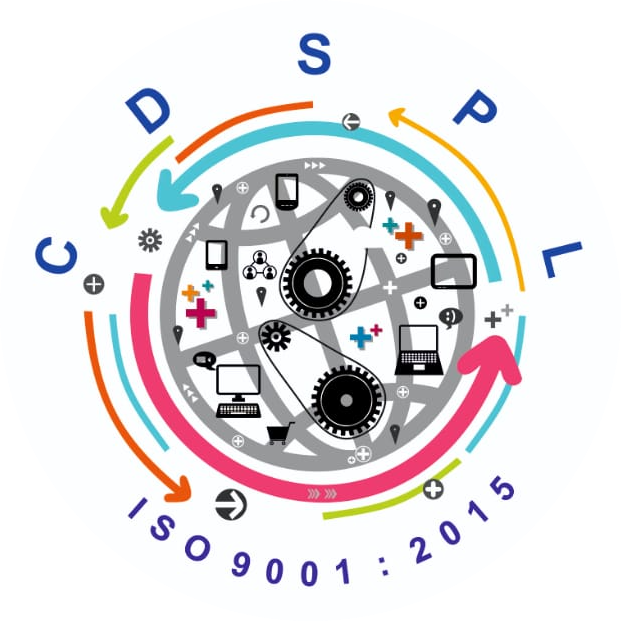Chawla Digital Systems Private Limited.
e-commerce development
E-commerce development involves creating online platforms where businesses can sell products or services to customers over the internet. Here’s an overview of the key aspects involved in e-commerce development:
- Platform Selection: Choosing the right e-commerce platform is crucial for the success of your online store. Popular options include:
- Shopify: A hosted solution known for its ease of use and scalability.
 WooCommerce: A plugin for WordPress, offering flexibility and customization options.
WooCommerce: A plugin for WordPress, offering flexibility and customization options.- Magento: An open-source platform with robust features for large-scale e-commerce sites.
- BigCommerce: Another hosted solution with advanced features and built-in marketing tools.
- Design and User Experience: Designing a visually appealing and user-friendly interface is essential to attract and retain customers. Consider factors such as mobile responsiveness, intuitive navigation, and fast loading times.
- Product Management: Implement features for managing products, including categories, descriptions, images, pricing, and inventory levels. Ensure seamless integration with payment gateways for secure transactions.
- Shopping Cart and Checkout: Develop a shopping cart system that allows customers to add products, update quantities, and proceed to checkout smoothly. Optimize the checkout process to minimize cart abandonment, with features like guest checkout, multiple payment options, and order tracking.
- Payment Gateway Integration: Integrate secure payment gateways to facilitate online transactions. Popular options include PayPal, Stripe, Authorize.Net, and others. Ensure compliance with PCI-DSS standards to protect sensitive customer data.
- Shipping and Logistics: Implement shipping options, including real-time shipping rates, flat-rate shipping, free shipping thresholds, and order fulfillment. Integrate with shipping carriers like UPS, FedEx, and USPS for accurate shipping calculations and tracking.
- Security and Compliance: Implement security measures to protect customer data and prevent fraud. Use SSL certificates for encryption, implement PCI compliance standards, and regularly update software to patch security vulnerabilities.
- SEO and Marketing: Optimize your e-commerce site for search engines to improve visibility and attract organic traffic. Implement strategies for content marketing, email marketing, social media integration, and paid advertising to drive sales and engagement.
- Analytics and Reporting: Integrate analytics tools like Google Analytics to track website traffic, user behavior, conversion rates, and sales performance. Use data-driven insights to optimize marketing campaigns, improve user experience, and make informed business decisions.
- Maintenance and Support: Regularly update your e-commerce platform, plugins, and security patches to ensure optimal performance and security. Provide customer support channels such as live chat, email, and phone to assist users and address any issues promptly.
